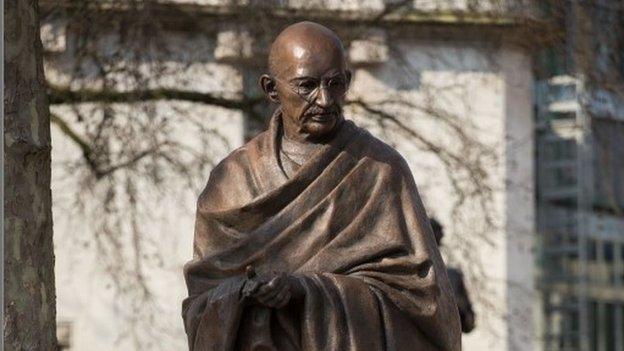May: Vandalism fears shouldn't stop Thatcher statue
- Published
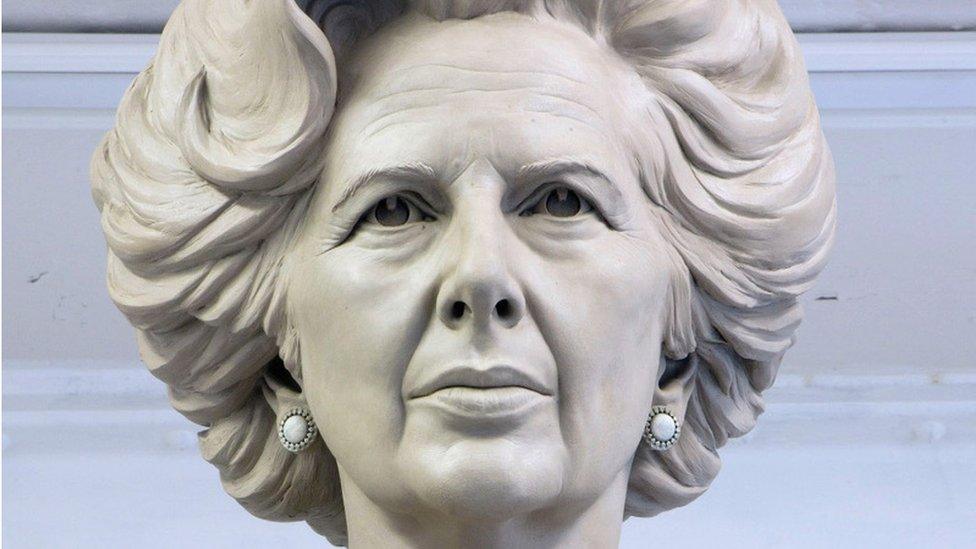
The bronze statue has already been created
Concerns that a statue of Lady Thatcher may be vandalised should not stop it going ahead, Theresa May has said.
Those behind the bronze "life size and-a-half" statue, created by the sculptor Douglas Jennings want it to go up in Parliament Square.
But there have been a series of objections, including the possibility it could be vandalised and that it does not have the Thatcher family's backing.
The Parliamentary Estate has also objected to the proposal.
It has pointed out there is already a statue of Lady Thatcher in the Commons and that Westminster Council's own planning guidelines state Parliament Square - home to 11 statues - is within the "monument saturation zone, considered unsuitable for new memorials" and that statues should adhere to a rule that they do not go up within 10 years of the subject's death.
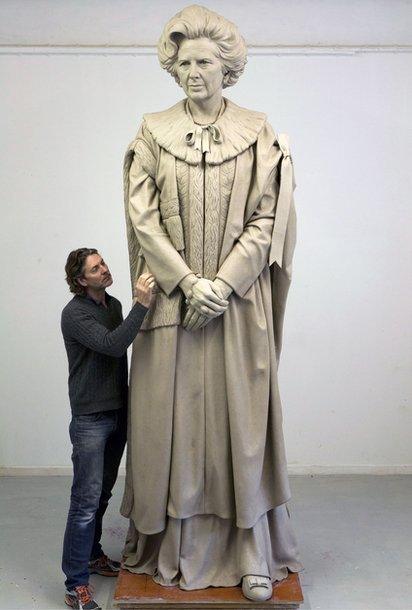
The statue would be mounted on a stone plinth
A local conservation group, the Thorney Island Society, has commented on the application, saying the 10-year-rule should be adhered to, despite the fact a statue to Nelson Mandela was put up before his death.
The group said: "While Lady Thatcher was also widely respected it cannot be said that she was uncontroversial in this country.
"There is a strong case for the ten-year rule to be respected - there should be a decent interval before permanent statues are erected, especially when they are controversial enough to risk vandalism."
The society adds: "We understand that Lady Thatcher's daughter dislikes the statue."
The Thatcher family has been contacted for a comment.
'No assurances'
Asked about reports that the statue had effectively been blocked over concerns about vandalism, Mrs May told the BBC: "I understand there are a number of issues that have been raised around the statue. What I'm very clear about is there should be no suggestion that the threat of vandalism should stop a statue of Margaret Thatcher from being put up."
At a briefing later, her spokesman said it was a decision for Westminster Council but added that "statues are a key part of this country's heritage" and those in Parliament Square were an "important reminder of people who've played a key role in this country's history".
The statue proposal has yet to go before a planning committee and even if it was granted permission - it would then have to get the approval of the Royal Parks, which manages the Parliament Square site.
The Royal Parks has objected to the application.
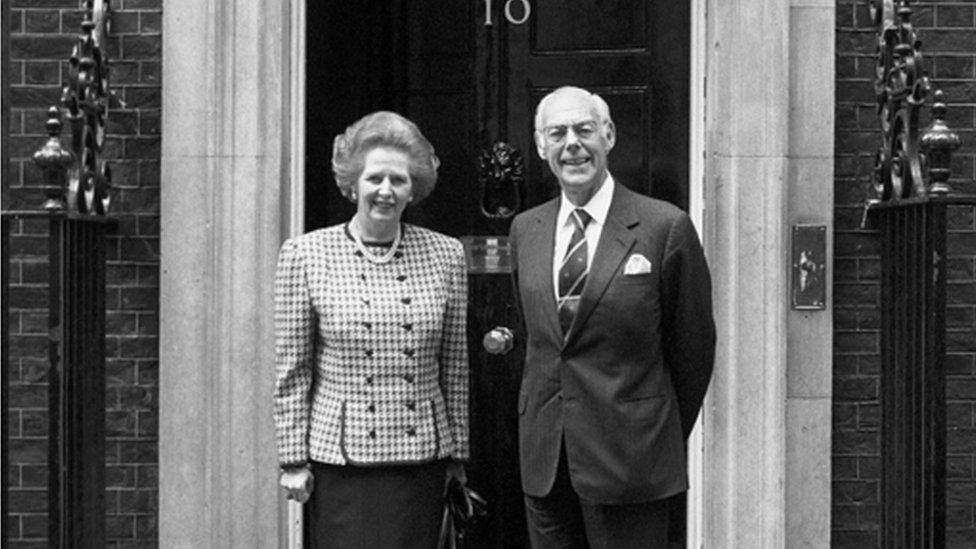
Lady Thatcher was Britain's longest serving prime minister of modern times
A spokesman said: "Numerous times we have requested assurances from the applicant that they have approval from the family for the statue. To date we have not had those assurances."
Lady Thatcher, who was Conservative prime minister from 1979 until 1990, died on 8 April 2013, following a stroke, at the age of 87.
The Public Memorials Appeal Trust - a charity which has raised the money to erect the statue - said it was chosen to portray the former PM in her state robes, "her most dignified attire," with "a resolute posture looking towards the Houses of Parliament, with a stern gaze slightly rightwards, akin with her political leanings".
Its preferred site for the statue and stone plinth is on the west side of Parliament Square, on Canning Green, between the existing statues of former prime minister George Canning and Abraham Lincoln - two of 11 statues in the square.
In April it was announced that the suffragist Dame Millicent Fawcett would become the first woman to be honoured with a statue in the square.
Other statues of Lady Thatcher include one by sculptor Antony Dufort, in the members' lobby of the House of Commons, unveiled in 2007, and a bronze bust in a museum in her home town of Grantham.
In 2002 a protester decapitated a £150,000 Italian marble statue of Lady Thatcher at London's Guildhall Library and the statue of another former PM, Sir Winston Churchill, has occasionally been the target of vandalism in Parliament Square, the site of many protests over the years.
- Published2 April 2017
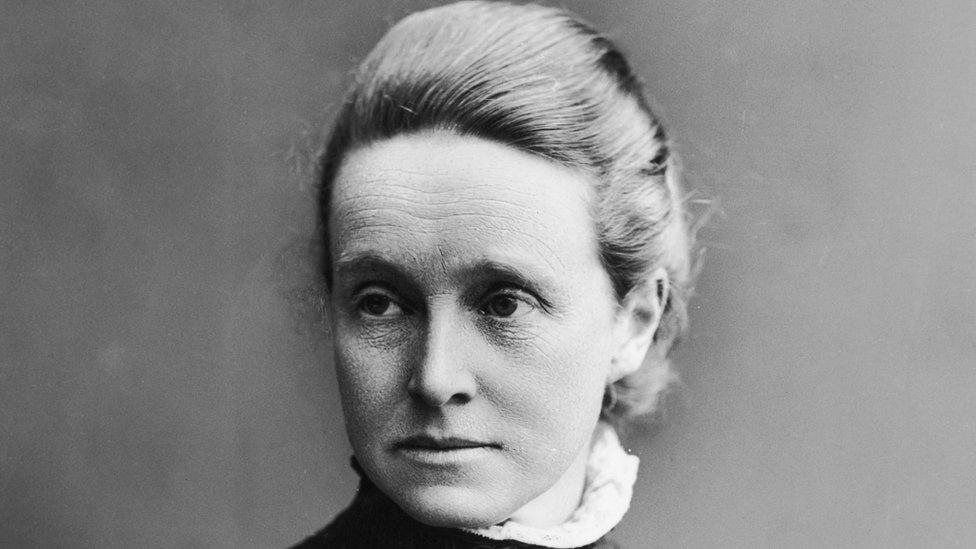
- Published14 March 2015
